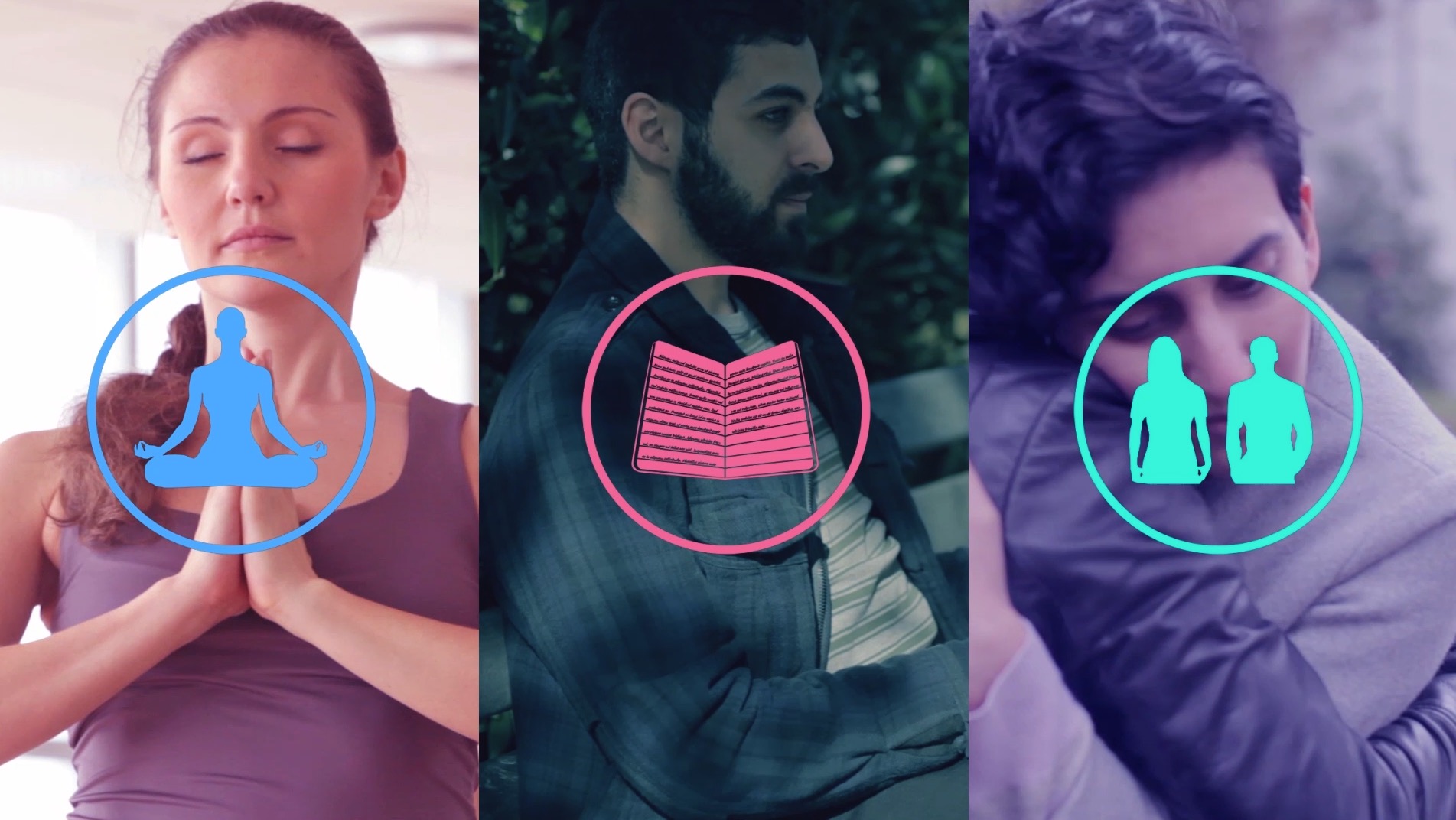In his preamble for the CANMAT1 “Engaging Patients in eHealth Technology-Enabled Care” symposium2 at the joint ISBD-ISAD meeting in Amsterdam, session chair Professor Raymond Lam states: “The strengths of eHealth lie in the potential for improved access to evidence-based research and care. But inherent too are very real challenges relating to low rates of engagement, completion, and missed opportunities in terms of harnessing the power of personal interactions.”
Herein lies the crux of the issue relating to the modern wave of web- and mobile-based technology options offered to people seeking to cope well with their bipolar disorder (BD). We know from research conducted by our colleagues at the Spectrum Centre in the UK that people with BD are receptive to the idea of evidence-based information about their condition being delivered to them online. And, while there are some prevailing concerns about web-based information, high-quality resources to support people with BD and their family members do exist. What’s missing in this picture now is a better understanding of how best to help users to access and implement this information. Otherwise, it’s like building a beautiful house but leaving a crummy driveway up to it.
At CREST.BD, we’ve been funded by the Canadian government to build a home (the Bipolar Wellness Centre) for the best of the bipolar science on self-management strategies. But perhaps more importantly, we were funded to test out the best methods for supporting people with BD to access the evidence housed in the website.
In our CANMAT symposium, we’re sharing what we’ve learned so far. We evaluated four different engagement strategies (three online, one in-person):
- Webinars (approximately 20-minute talks delivered on-line about self-management of BD in 14 different quality of life areas);
- Videos (3-4 minutes videos showing concrete examples of self-management of BD in everyday life);
- ‘Living Library’ (where users of the Bipolar Wellness Centre accessed a peer expert with BD for a single in-person session delivered online)
- In-person workshops
We evaluated how each of these strategies worked through a “mixed-methods” analysis. In this project, this meant that we examined their impact on quantitative (i.e. numerical) assessment scale scores (e.g., did participants’ quality of life change? Did their perceived level of recovery change?) and then we also interviewed a subset of participants, to get some more fine-grained feedback.
What did we learn? Well, first of all, the broad results were pretty reassuring. Of the 88 people involved in the quantitative analyses, engagement with all four strategies was associated with a trend (i.e. not statistically significant, but going in the right direction) toward improved quality of life. Highly significant improvements in perceived recovery occurred after engagement with all the strategies (taken together).
But here’s where it gets interesting: Research participants in our project tended to prefer the workshop delivery and quality of life improvement was higher in this group.
Remember that this is a relatively small study. The project just provides us with some initial design ideas for the optimal type of driveway we need to build to open up access. But it does leave us with an interesting insight – that while online engagement strategies appear to be effective and impactful, we shouldn’t lose sight of the potential power of in-person interactions in our pursuit of effective engagement in the online mental health arena.
1The Canadian Network for Mood and Anxiety Treatments (CANMAT) is a research organization linking healthcare professionals from across Canada who have a special interest in mood and anxiety disorders. The ultimate goal of CANMAT is to improve the quality of life of persons suffering from mood and anxiety disorders, through conduct of innovative research projects and registries, development of evidence based and best practice educational programs and guideline/policy development.
2This symposium will be delivered as part of the joint International Society for Bipolar Disorders and International Society for Affective Disorders meeting, July 13-16, 2016.







Leave a Reply